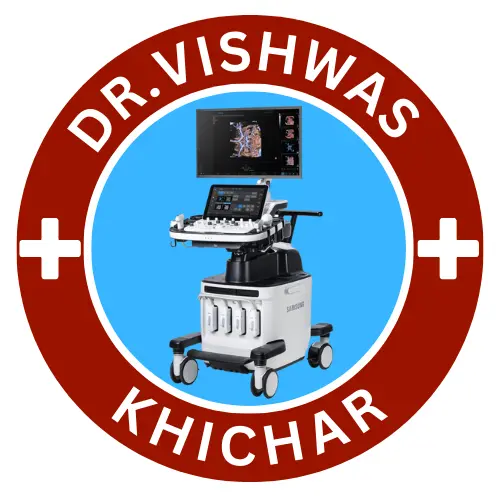Breast Sonography

A breast ultrasound is a type of imaging test that your doctor may use to help diagnose the type and cause of a lump or other change in your breast tissue or nipple.
A breast ultrasound is a type of imaging test that uses high-frequency sound waves to produce detailed images of the inside of your breast. A doctor may order this test to check for tumors or other breast abnormalities. If you have breast cancer, early diagnosis and treatment will help improve your outlook. An ultrasound is often part of the diagnostic process. Unlike X-rays and CT scans, ultrasounds don’t use radiation and are considered safe during pregnancy.
What is a breast ultrasound?
A breast ultrasound is a diagnostic imaging test that uses sound waves to create images of breast tissue. This test can see certain types of cysts and tumors, such as fluid-filled cysts, that may not show up as well on a mammogram.

In addition to a standard breast ultrasound, there are special types that may be performed, including:
- Automated breast ultrasound (ABUS): Also called an automated whole-breast ultrasound (AWBUS), this type of ultrasound uses a larger transducer to create a 3-D ultrasound image of your entire breast.
- Contrast-enhanced breast ultrasound (CEBUS): In CEUS, a healthcare professional injects or infuses a contrast agent into one of your veins. This substance changes how sound waves move through your body to create clearer ultrasound images.
Why would you need a breast ultrasound?
A breast ultrasound is often performed as a follow-up to a mammogram, a type of X-ray used to screen for breast cancer, to help your doctor determine whether it’s a fluid-filled cyst or a solid tumor.
A doctor may order a breast ultrasound if a physical exam or mammogram reveals a breast abnormality, such as:
- a lump in your breast
- a tender or painful area in your breast
- a change in the texture or appearance of your nipple or breast skin
- unusual discharge from your nipple
